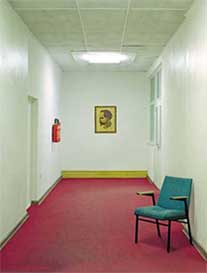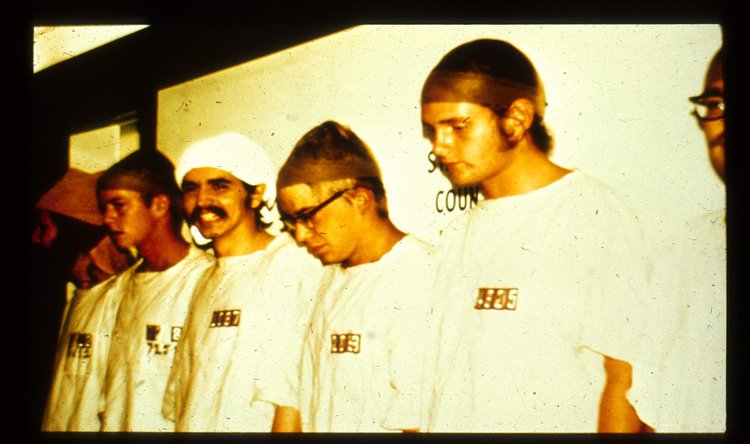Food for Oil
/In the English dictionary, however, crisis is defined as "a point in a story or drama when a conflict reaches its highest tension and must be resolved."
While the Developed World frets over the current multi-nodal RealEstateSubPrimeFinancialMarketTradeDeficit crisis--which continues to suck the value out of most of America's larger financial assets--the rest of the developing world is again struggling to afford the basics, namely, food.
In this case, the Cyrilla [oil supply] and Charybdis [demand for crops] have the same source: the global race for energy.
Time's recent article, titled The Clean Energy Scam, desn't throw a monkey wrench into the machine behind biofuels as much as it points a finger at the rising world food costs and slash-n-burn behavior it has inspired in the Amazon.
A rebuttal from 25x25, a non-profit supported financially by the Energy Future Coalition, laments, "Unfortunately, the story's message of concern is undermined by misinformation about biofuels and an over-simplified analysis of complex systems."
The main law of complex systems remains: Small changes can have large, unpredictable effects.
"This is due to higher demand from countries like India, China, where GDP grows at 8-10 percent and the increase in income is going to food," Diouf said after meeting India's farm minister, Sharad Pawar. |

















